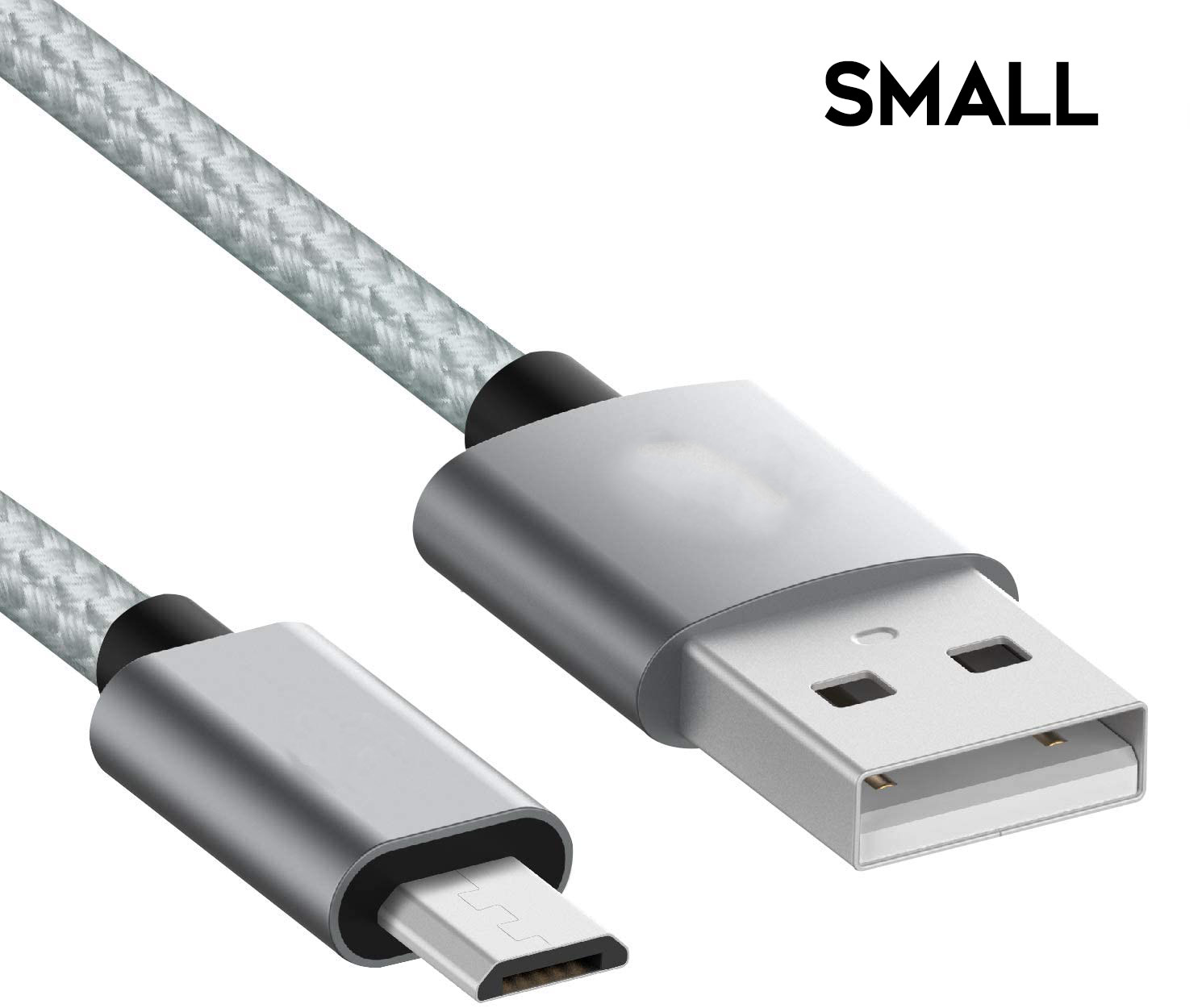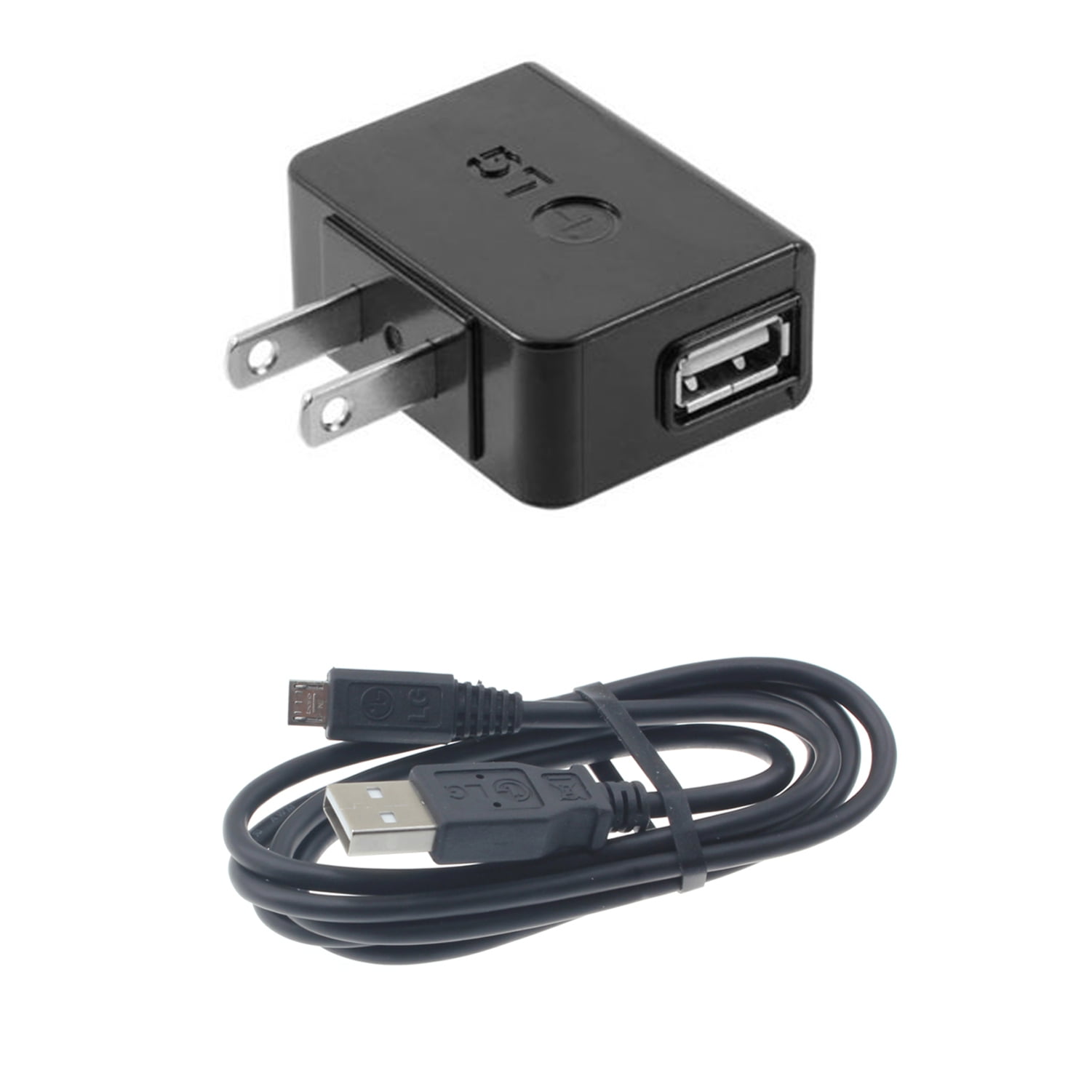

In terms of speed, the USB 3.0 port can theoretically transfer data ten times faster (up to 5 Gbps/s) compared to USB 2.0 (480 Mbps). Manufacturers rushed to adopt this technology because it’s exponentially faster than USB 2.0. Basic USB amperage outputs are 1A, 2.1A, and 2.4A. There’s a good reason why USB 3.0 gained a lot of traction right from the start. Self-powered USB device - A device that takes all of its power from an external power supplyīus-powered USB device - A device that takes all of its power from the host computer's USB interface. USB ports on charging stations have various amperage yields, which can make a big difference in how quickly your devices will charge. If a device comes with a power adapter, we recommend that the adapter stay connected at all times, otherwise the device may not function as designed. If this were to happen to a USB storage device, such an event could result in permanent data loss. If the power runs out, any USB device attached to the computer may suddenly disconnect. However, even though the device may function, each additional device attached to the host computer reduces the total available bus power. This means that a low-power USB 3.0 port can supply 150mA, and a high-power USB 3.0 port can supply 900mA. The power aspects of the spec are similar to USB 2.0 except that a 'unit load' is raised from 100mA to 150mA and a high-power port has to supply six, rather than five, unit loads.

Many of our devices that include power adapters, especially USB hubs, will function in either self-powered or bus-powered mode. The USB 3.0 spec brings still higher data rates to USB. Bus-powered devices can cause issues if they need more power than is available from the host machine. This cable type supports up to 3 amps of charging power and SuperSpeed+ USB 3.1 data transfer rates of up to 10 Gbps.

High-current devices usually come with their own power adapter, making them self-powered, in contrast to a bus-powered device that draws all of its power from the host computer's USB interface. While all USB ports provide some amount of power for attached devices, the available power may not be enough for certain high-current devices such as USB hubs or external hard drives.


 0 kommentar(er)
0 kommentar(er)
